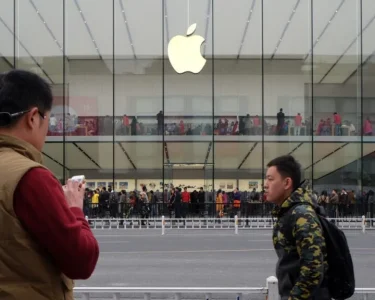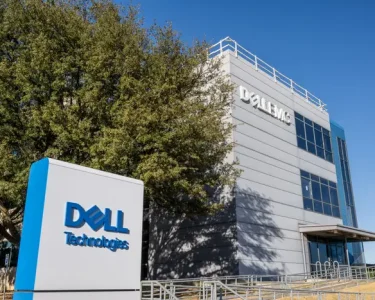In July 2024, consumer spending showed surprising strength as U.S. retail sales rose by 1%, exceeding forecasts. This unexpected surge highlights the resilience of the American consumer, even amidst economic uncertainties.
Analysts had anticipated a modest increase, but the actual numbers outperformed expectations, signaling strong consumer confidence. This growth was seen across various sectors, with notable gains in both physical retail and e-commerce.

The data, released by the Commerce Department, indicates a robust demand for goods and services, driven by a mix of factors including seasonal shopping, pent-up demand, and possibly the impact of federal stimulus measures that continue to bolster disposable income. The increase in retail sales is a critical indicator of economic health, as consumer spending accounts for a significant portion of the U.S. economy.
Retailers across the board benefited from this uptick, with substantial sales growth in sectors such as electronics, home goods, and apparel. E-commerce also saw a boost, reflecting a continuation of the online shopping trend that accelerated during the pandemic.
The Federal Reserve has been closely monitoring consumer spending as it considers future interest rate adjustments. This strong retail performance may influence the Fed’s decisions on monetary policy, particularly if spending continues to outpace inflation.
Retail giants like Walmart, Amazon, and Target reported higher-than-expected sales figures, attributing their success to strategic promotions, improved supply chain management, and increased consumer traffic both online and in physical stores.
However, not all sectors saw uniform growth. Some areas, like automobile sales, experienced slower-than-expected growth due to ongoing supply chain challenges and rising interest rates, which have made financing more expensive.
Despite these challenges, the overall picture remains positive. The strong retail sales data suggests that consumers are still willing to spend, which could help sustain economic growth in the coming months. This trend, if it continues, could also have broader implications for the labor market, potentially leading to increased hiring and wage growth as companies strive to meet consumer demand.
Economists warn, however, that while the July figures are encouraging, it’s essential to remain cautious. The potential for an economic slowdown remains, especially if inflationary pressures persist or if the Federal Reserve decides to tighten monetary policy further to curb rising prices.
As we move further into the second half of 2024, retailers are optimistic yet vigilant, preparing for the critical holiday season. If consumer spending continues at this pace, it could set the stage for a strong year-end performance, providing a much-needed boost to the economy.
For now, the unexpected jump in retail sales offers a glimmer of hope that the U.S. economy can navigate the challenges ahead and maintain its growth trajectory.
The 1% rise in retail sales in July has surpassed expectations, reflecting robust consumer confidence and spending habits. While the outlook remains positive, it is essential to keep an eye on inflation and monetary policies that could influence future trends. Retailers and economists alike will be watching closely as the year progresses, particularly as we approach the holiday shopping season.
Stay tuned to Digital Digest for ongoing analysis and updates on consumer spending trends and their impact on the broader economy.




